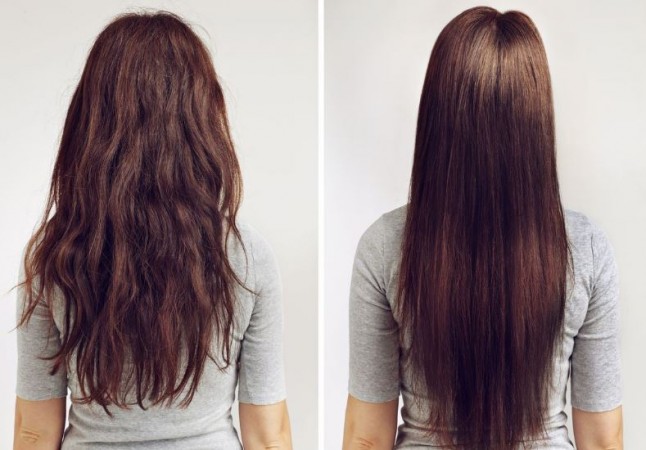
Hair straightening has become a popular trend among individuals seeking sleek and manageable hair. However, it's essential to understand the potential disadvantages associated with this treatment before proceeding. Here's a detailed look at the various drawbacks of hair straightening:
Chemical Exposure: The process of hair straightening involves the use of various chemical products, such as relaxers or keratin treatments. These chemicals can cause damage to the hair shaft and scalp, leading to issues like dryness, breakage, and irritation.
Heat Damage: Most hair straightening methods require the use of heat styling tools like flat irons or blow dryers. Excessive heat exposure can weaken the hair strands, making them more prone to breakage and split ends. It can also cause the hair to become dull and lifeless over time.
Risk of Burns: Improper use of heat styling tools during the hair straightening process can result in burns to the scalp or skin. This risk is particularly high for individuals with sensitive skin or those who attempt to perform the procedure at home without proper training.
Hair Texture Changes: Continuous hair straightening treatments can alter the natural texture of the hair, especially for individuals with curly or wavy hair. Over time, the hair may become permanently straightened, making it difficult to revert to its original texture without further chemical treatments.
Scalp Irritation: Some individuals may experience scalp irritation or allergic reactions to the chemicals used in hair straightening products. This can manifest as redness, itching, or even flakiness of the scalp, causing discomfort and potentially leading to more severe skin conditions if left untreated.
Hair Loss: Prolonged use of hair straightening treatments can weaken the hair follicles, leading to increased hair loss or thinning over time. This is particularly concerning for individuals who already have thin or fragile hair, as it can exacerbate existing hair loss issues.
Damage to Natural Oils: Hair straightening treatments often strip the hair of its natural oils, leaving it dry, brittle, and prone to breakage. This can lead to further damage and may require additional conditioning treatments to restore moisture and vitality to the hair.
Long-Term Health Risks: Recent studies have suggested potential long-term health risks associated with certain chemicals used in hair straightening treatments. For example, some chemicals have been linked to an increased risk of cancer or hormonal imbalances, raising concerns about their safety for regular use.
Financial Costs: Hair straightening treatments can be expensive, especially if done regularly at a salon. Additionally, maintenance sessions may be required every few months to maintain the desired results, adding to the overall cost of the treatment over time.
Time Commitment: The process of getting hair straightening treatment can be time-consuming, often requiring several hours at the salon for the procedure to be completed. This can be inconvenient for individuals with busy schedules or those who prefer low-maintenance hair care routines.
In conclusion, while hair straightening may offer temporary benefits in terms of achieving smooth and sleek hair, it's essential to consider the potential drawbacks and risks associated with the treatment. Individuals should weigh the pros and cons carefully and explore alternative options for achieving their desired hairstyle while prioritizing the health and integrity of their hair and scalp.
These things offered to Maa Durga are a boon for health
World Voice Day: What Is the Quest for Vocal Wellness?
Be careful if you eat white bread for breakfast, know its disadvantages before eating